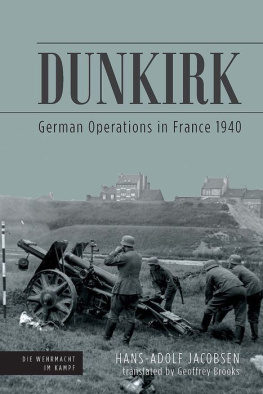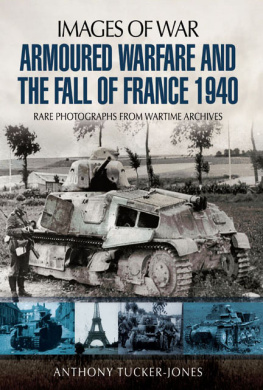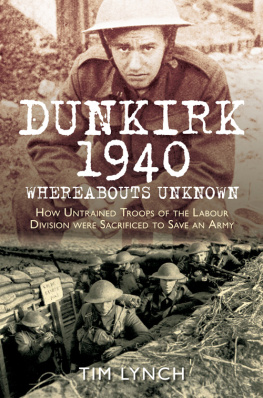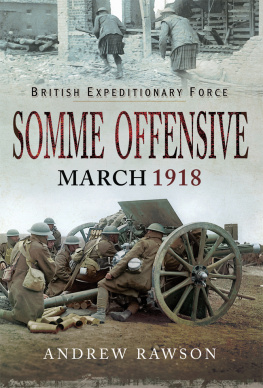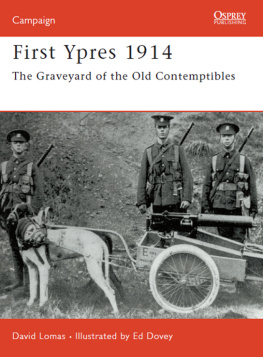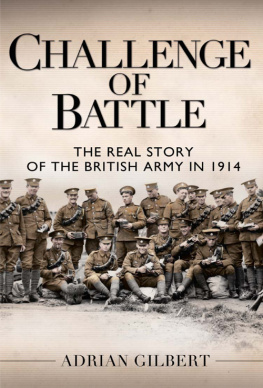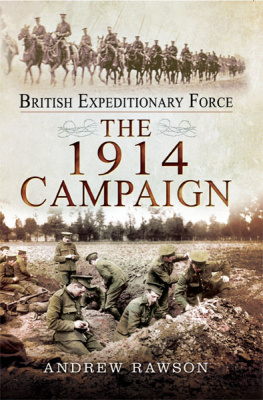Charles More - The Road to Dunkirk: The British Expeditionary Force and the Battle of the Ypres-Comines Canal, 1940
Here you can read online Charles More - The Road to Dunkirk: The British Expeditionary Force and the Battle of the Ypres-Comines Canal, 1940 full text of the book (entire story) in english for free. Download pdf and epub, get meaning, cover and reviews about this ebook. year: 2013, publisher: Frontline, genre: History. Description of the work, (preface) as well as reviews are available. Best literature library LitArk.com created for fans of good reading and offers a wide selection of genres:
Romance novel
Science fiction
Adventure
Detective
Science
History
Home and family
Prose
Art
Politics
Computer
Non-fiction
Religion
Business
Children
Humor
Choose a favorite category and find really read worthwhile books. Enjoy immersion in the world of imagination, feel the emotions of the characters or learn something new for yourself, make an fascinating discovery.

- Book:The Road to Dunkirk: The British Expeditionary Force and the Battle of the Ypres-Comines Canal, 1940
- Author:
- Publisher:Frontline
- Genre:
- Year:2013
- Rating:3 / 5
- Favourites:Add to favourites
- Your mark:
The Road to Dunkirk: The British Expeditionary Force and the Battle of the Ypres-Comines Canal, 1940: summary, description and annotation
We offer to read an annotation, description, summary or preface (depends on what the author of the book "The Road to Dunkirk: The British Expeditionary Force and the Battle of the Ypres-Comines Canal, 1940" wrote himself). If you haven't found the necessary information about the book — write in the comments, we will try to find it.
This is an important reassessment of a critical period in the British Expeditionary Forces fight against the German armies invading France in 1940. On May 25, Lord Gort, the British commander, took the decision to move 5th Division north in order to plug a growing gap in his armys eastern defenses. Over the next three days the division fought a little-known engagement, the Battle of the Ypres-Comines Canal, to hold the Germans at bay while the rest of the BEF retreated toward Dunkirk.
The book describes the British Army of 1940 and outlines the early stages of the campaign before explaining the context of Gorts decision and why it was made. Then, using British and German sources, it shows how the British doggedly defended their line against heavy German attacks, and demonstrates that the Expeditionary Force was far more than the badly equipped and undertrained army many historians have represented it as. This fresh look at the campaign also casts new light on other aspects such as the impact of the Luftwaffe and the Dunkirk evacuation itself.
This book is important for all those interested in the fighting which proceeded the general retreat to and evacuation from Dunkirk. The author has trawled numerous archival sources, which are well cited in this elegantly produced book. Journal of the Society for Army Historical Research
Charles More: author's other books
Who wrote The Road to Dunkirk: The British Expeditionary Force and the Battle of the Ypres-Comines Canal, 1940? Find out the surname, the name of the author of the book and a list of all author's works by series.


